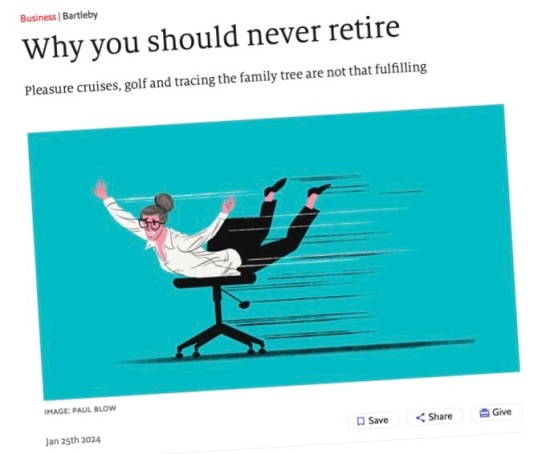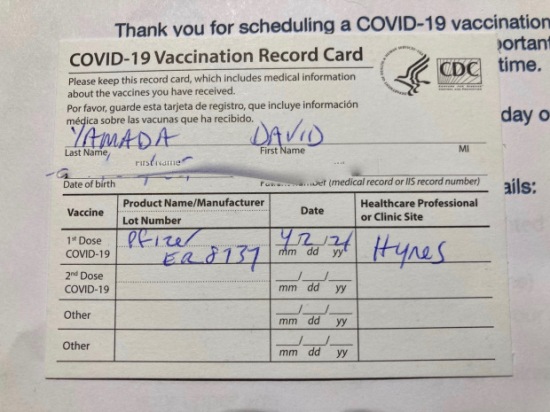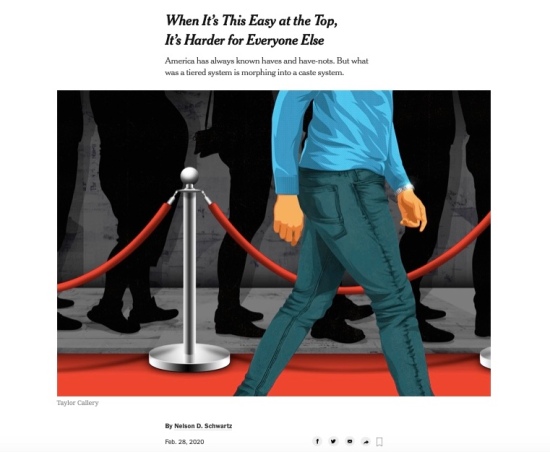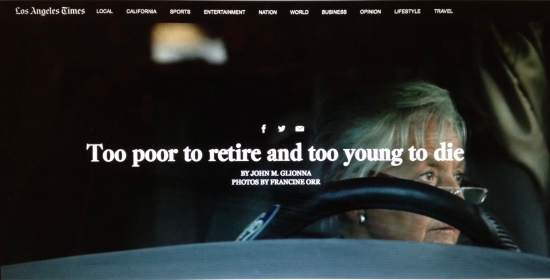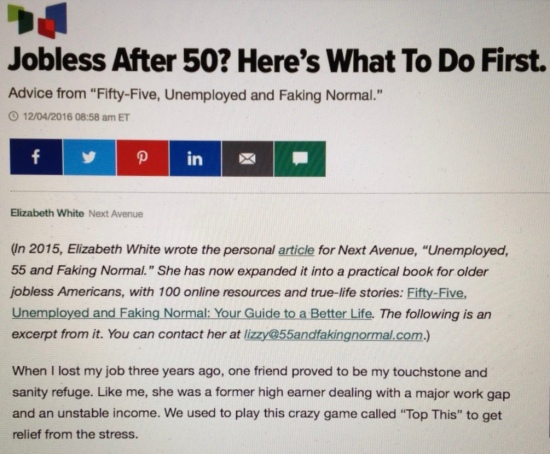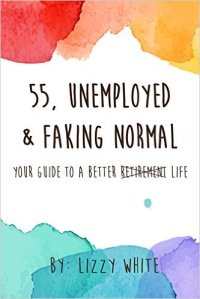
Bartlet (l) and McGarry (r) confer
Dear readers, I confess that this is a bit of a ramble, a lot of thinking out loud in digital form. It’s about my generational cohort — the one dubbed Generation Jones, i.e., late Boomers and early Gen Xers born between 1954 and 1965 — and how we might contribute to the world in the years to come.
One of my favorite television characters is Leo McGarry from “The West Wing,” the Emmy Award-winning political drama that ran on NBC for seven seasons. The late John Spencer, a supremely underrated actor, played McGarry, a politically savvy and trusted close advisor to President Jed Bartlet (Martin Sheen).
A favorite West Wing episode comes late in the series (season 6, episode 12). McGarry is returning to White House duties after a heart attack and bypass surgery, and the Bartlet Administration has only a year left in its second term. The President is fatigued due to a chronic illness, and McGarry is struggling to regain his health and his role in the Oval Office. Too often the Administration is letting events control it, rather than the other way around. Leo senses that maybe the President and his inner circle are simply running out the clock, while trying resting on their laurels.
In a great scene featuring McGarry and the President, Leo challenges his long-time friend and fellow political war horse to push hard during their last year in office: “Both of us, sir, this is our last game. Let’s leave it all out on the field.” With the President’s approval, Leo calls a late night meeting for the senior staff, during which they begin to map out an ambitious policy agenda for the Bartlet Administration’s final 365 days.
A Gen Joneser rallying cry?
I love that scene between McGarry and the President. Yeah, it is corny and doesn’t bear any resemblance to today’s Washington D.C. But for pure inspiration, it works for me.
And maybe it even speaks to me. Let’s leave it all out on the field. When I think of fellow members of Generation Jones, these words come to mind as a potential rallying cry for our (hopefully many!) remaining years.
Today’s Gen Jonesers are roughly between 52 and 64 years old. In terms of traditional age demographics, this covers a healthy span of middle age. And while our bodies may be feeling the passage of time, we also have a lot of accumulated wisdom, insight, and experience. I’d like to think that we have a lot of gas left in our tanks. In fact, in many realms we may be at or near the top of our games in terms of productivity and leadership capabilities. These qualities give us opportunities to make significant contributions to the world around us during the years to come.
In some cases, a middle-aged career shift may be part of a fundamental personal transition. Career counselors and coaches have sometimes referred to this as pursuing an “encore” career, one that may involve earning less or even no money — the latter crossing into the realm of avocation — but in any event enabling someone to make a difference in a chosen arena. A popular website devoted to the pursuit of encore careers uses the tag “Second acts for the greater good.” It’s an appealing idea: Earn enough money to secure your future, then spend a chunk of the rest of your time giving back.
Imagine, millions of seasoned, able, mature workers pursuing work and activities that help our communities, big and small. It’s about defining personal legacies, giving back, and paying it forward, right? As I wrote in 2016:
…(W)e live in a world in serious need of more joy, creativity, humanity, and compassion. Who wants to look back at a life only to see a lot of wonderful opportunities squandered and wasted?
Reality checks
But hold on, there are harsh reality checks on my generational cheerleading. Let’s start with economics and personal finances. As I wrote last year, many members of Gen Jones are getting hammered in terms of jobs, savings, and retirement readiness:
…Generation Jones has been snakebitten by broader events. During the early 1980s, many graduated into a terrible recession that limited entry-level job opportunities. This was also a time when America’s industrial jobs base went into sharp decline (a trend continuing to this day), wages started to flatline (ditto), and employers began eliminating pension plans (ditto again).
Fast forwarding, the Great Recession hit during what should’ve been Gen Jonesers’ strongest earning years, the heart of their 40s and early 50s. Many lost jobs and livelihoods during that time and have struggled to recover. Some have never recovered. Gen Jonesers are now hurtling toward what have been considered traditional retirement years; most are within 10-15 years of that time. But as I have written often on this blog…, America faces a retirement funding crisis of major proportions.
Gen Jonesers are in the bull’s-eye of that retirement funding crisis, as will become evident during the next decade. In terms of its entrance into the labor market, this age group is the first to fully experience the widening wealth gap that began in the 1980s and continues to this day. Absent dramatic changes in the American economic structure — likely through some combination of civic leadership, public policy, and political voice — we are a preview of things to come.
Overall, the march of time brings a mix of ordinary and extraordinary life challenges. Job losses and career setbacks have emotional as well as financial impacts. Illnesses and deaths are a part of life, but no less difficult because of their inevitability. As many regular readers of this blog know, various forms of abuse can exact a significant toll and have cumulative effects.
Looking ahead
So what is it to be? A rich midlife with impact-making encore contributions, or remaining years spent pinching pennies and recovering from setbacks? Of course, the reality for most Gen Jonesers will be somewhere in between, replete with individual stories and circumstances. After all, there is no one-size-fits-all playbook for midlife and beyond.
With all that said, here is a cluster of framing ideas for our consideration, some possible ways for us to leave it all out on the field:
Legacy work — It starts with legacy work. Again from 2016:
By “legacy work” I mean our core contributions and accomplishments, the stuff we’d like to be remembered for in the longer run and by people we care about. In the realm of vocation, it may involve creative or intellectual work, achievement in business, service to others, building something, activism and social change work, or some type of innovation or invention.
…(O)ne’s legacy work need not be vocational in nature. It can include parenting, caregiving, an engaging avocation, a deeply meaningful hobby, or charitable work. For some, a “day job” may pay the bills, but an unrelated project or endeavor brings the deeper meaning.
Community — In recent years, loneliness has been labeled an epidemic and a public health crisis by health experts. (See recent pieces in the Washington Post and New York Times for more.) Part of the answer is to build and maintain genuine communities. These communities can be grounded in geography (e.g., neighborhood), shared interests and activities (e.g., vocations, avocations, hobbies), or shared values (e.g., social and faith beliefs). The care and feeding of communities and those within them require intention and commitment.
Recovery — By the time midlife hits, a lot of folks find themselves recovering from setbacks small and large. The big hits often involve fear, stress, and even trauma. Fortunately, for many there are paths to recovery. For example, even those experiencing post-traumatic stress, once thought to be extremely hard to treat, may heal via new healing modalities and even enter a phase known as post-traumatic growth.
Scarcity, generosity, and choices — Some very smart people are telling us that we face a long-term era of scarcity. Accordingly, our challenge may be to find ways to live good and meaningful lives during a time when resources (personal and global) are limited. As I see it, it will require letting go of some the values that led us to this place and reorienting our lives and lifestyles so that we are less about stuff and more about humanity. It will mean giving back and paying it forward, while defining abundance differently from the ways we have done so before.
Instructive on these points are the words of my late friend and pioneering adult educator John Ohliger (1926-2004), which appeared in a 1981 issue of his newsletter Second Thoughts:
My picture is of a future where we live more relaxed and more modest lives with an abundance of unmeasurable and infinitely available non-material (or better, trans-material) resources. All the travail and pressure we’re going through right now may be paving the way for that future. This future could be one where we will have a choice of “goodies”; not ones requiring scarce energy, minerals, or dollars; or ones permitting some people to get rich while others go hungry, but choices that we create with our own hearts and heads and hands among people we know and care for.
Related posts
Obviously there’s a lot to contemplate here, and I’ve barely scratched the surface. For those who would like to explore some of these themes a bit deeper, I’ve collected a bunch of past entries relating to midlife, transitions, vocations, avocations, and community building:
Work, savings, and retirement: Generation Jones is getting hammered (2017)
From hoop jumping to legacy work and places in-between (2016)
Charles Hayes on the ripples of our lives (2016)
David Brooks and his “moral bucket list” (2015)
Defining, refining, creating, and redefining your “body of work” (2015)
Tribes for brewing ideas and engaging in positive change (2015)
The power of face-to-face dialogue for change agents (2015)
Taking stock at midlife: Time for reading assignments (2014)
Hard looks at joblessness, retirement funding, and Generation Jones (2014)
Personal reinvention: Take a look at “50 over 50” (2014)
Holiday reads: Fueling heart, mind, and soul (2014)
“The Shift: Ambition to Meaning” (2014)
Transitions and inner callings (2014)
Inauthenticity at work and the fast track to a midlife crisis (2013)
“Follow your bliss”? Parsing Joseph Campbell’s famous advice (2012)
What’s your legacy work? (And how can you de-clutter way to it?) (2011)
The “butterfly effect” and working as an educator (2011)
Embracing creative dreams at midlife (2010)
Will our avocations save us? (2010)
Does life begin at 46? (2010).
Are You a Marathoner or a Sprinter? (2009)
